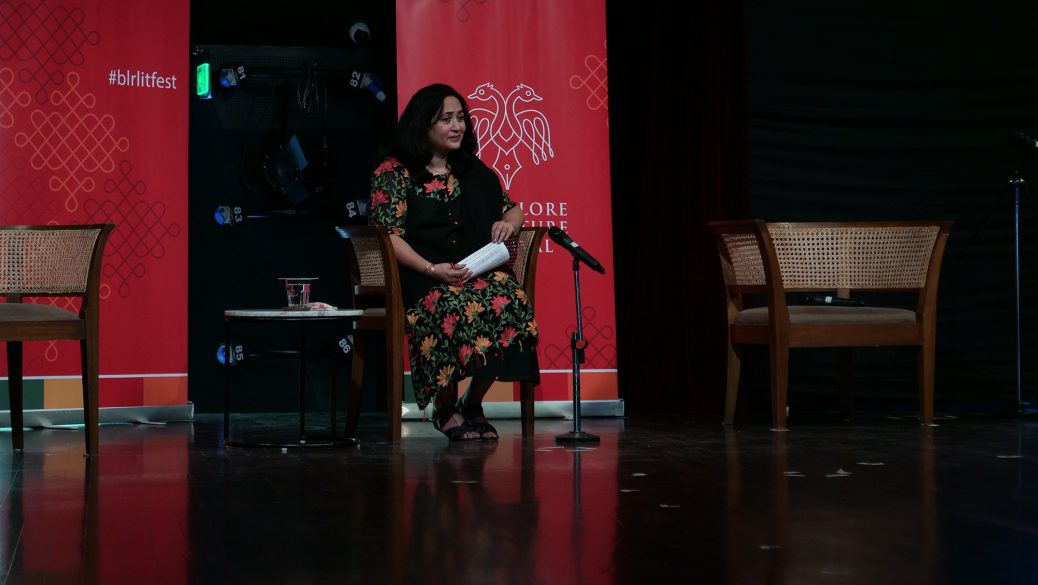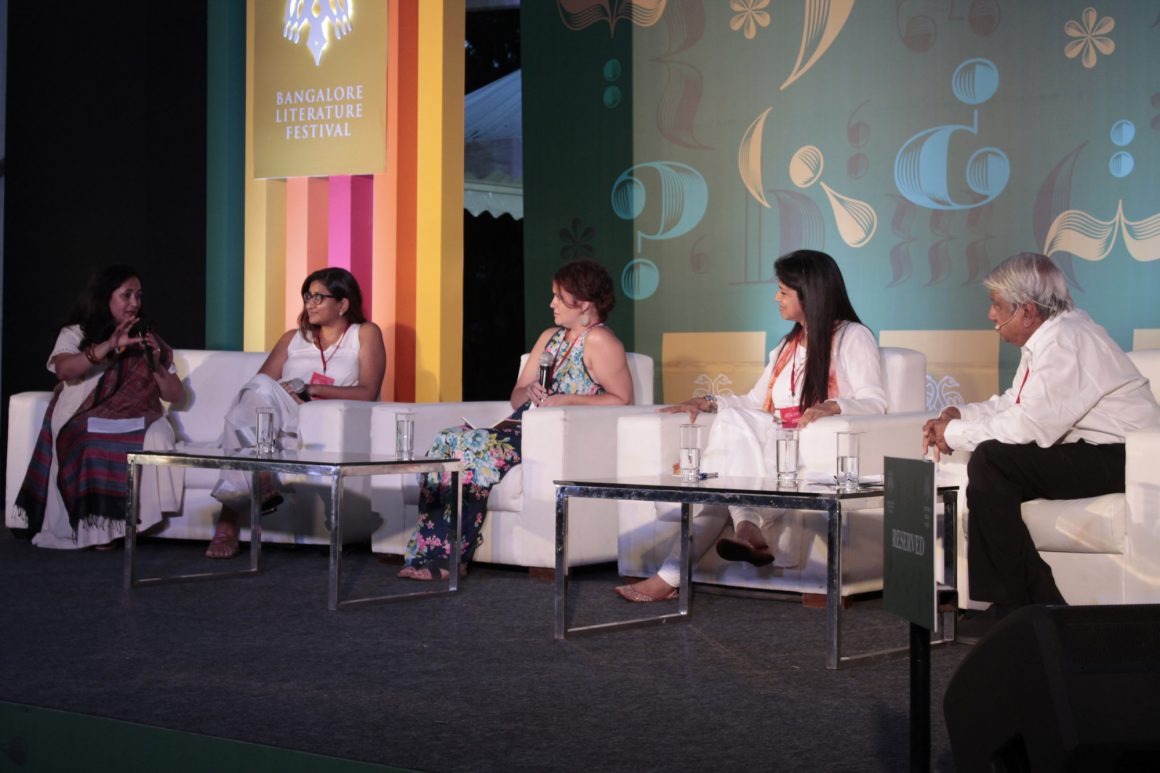In the times of Covid-19, the new “normal” has found an evolving meaning. Earlier, one could very easily find themselves at any theatre, enjoying live performances and consuming art. Today, these performances have found a platform away from the usual theatres. They are digitalized, and anybody can attend them from their phones, or an electronic device. The panel for this discussion deliberated on just that- the nuances of art finding a path on a digital platform.
The session had three segments and began with the speakers introducing themselves. Tim Brinkman joined the panel from Mumbai, where he is working on a project to establish an art centre. This project is under the banner of the Ambani industries.
Lynne Fernandez has been leading Nrityagram, situated in Bangalore, for the past 20 to 30 years. Nrityagram offers dance programs, to both professional and for non-professional dancers.
Bruce introduced himself by reflecting on all the odd jobs he did at the start of his career. He has been living in Mumbai for 15 months, and has been engaged with the art sector for several years.
Varun Gupta showed his work to the audience through slides of different exhibitions he had conducted. The styles of his art exhibitions were especially interesting. His exhibitions were physical art installations, set up at public places. The placement of these exhibitions is what caught the eye of the audience- they were put up at places which a common person would usually walk past. They were set up in unique positions, and were filled with meaning.
The second segment of the discussion went into a more detailed conversation about each of the panelist’s work and how they manage their respective artistic inclinations.
Lynne spoke about her involvement with Nrityagram. She was brought into Nrityagram by Protima, who was the main head behind the project. Nostalgically, she spoke about Vasanta Hubba, a free festival, that was used to invite a big audience from all kinds of backgrounds. Nrityagram developed in three ways- through community building, by teaching courses in dance, and by having an ensemble that performs around the town to help earn money.
Bruce worked with the National Institute of the Performing Arts and talked about the corner stones of his involvement. Art, Bruce said, should be inclusive for all. Currently, he is working to help enable people to be a part of artistic platforms in the best way possible.
Varun explained how he got into his artistic endeavours and distinctive exhibitions. He started playing with his ideas in 2010, when he took over train stations and exhibited art there. Inclusivity in art, Varun said, was through the eyes of children and their perception.
Tim spoke about digital relationships. Artists cannot be kept in a box, and the pandemic has proved just that. Artists have started to perform digitally. Art will definitely see more growth in this platform.
In the final segment, Sadhana asked the panelists about the future mapping of art. It was surprising how every speaker agreed with Tim when he made an argument about theatres and the live experience of performances. Art may have shifted online, but it does not become a performance without a live audience getting moved by it. When people finally come back to the theatres, it is going to be great. Lynne was grateful that the pandemic happened at a time when we can afford to be digitalized.
It might be safe to say, that after attending a virtual session, everyone is extremely nostalgic about live theatre!
About the Author: Anusha is a final year undergraduate student pursuing English Hons at Christ University. She can usually be found expressing her thoughts in the genres of social concerns and satires, often accompanied with a cup of chai. She currently writes for TheSeer.


